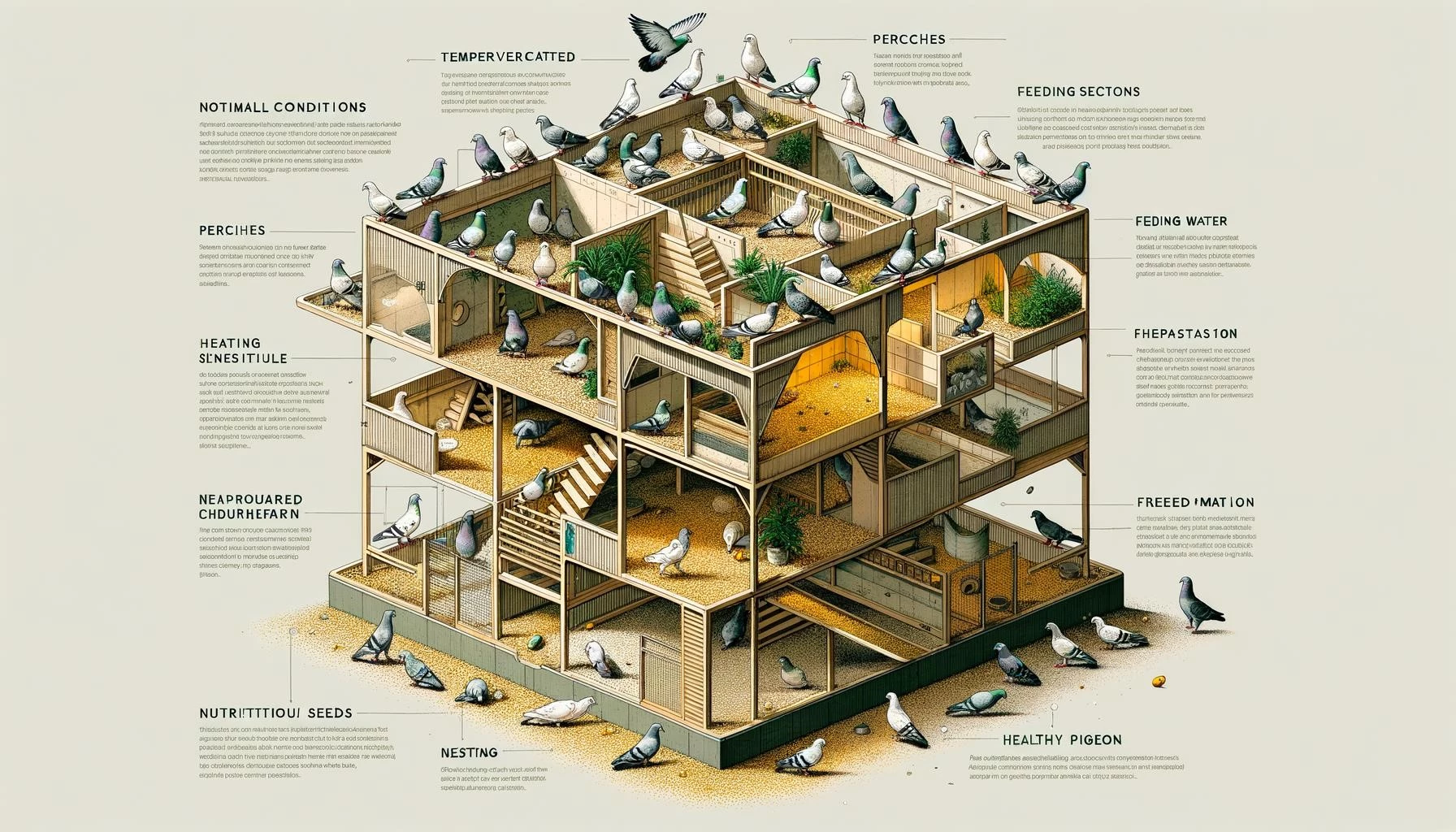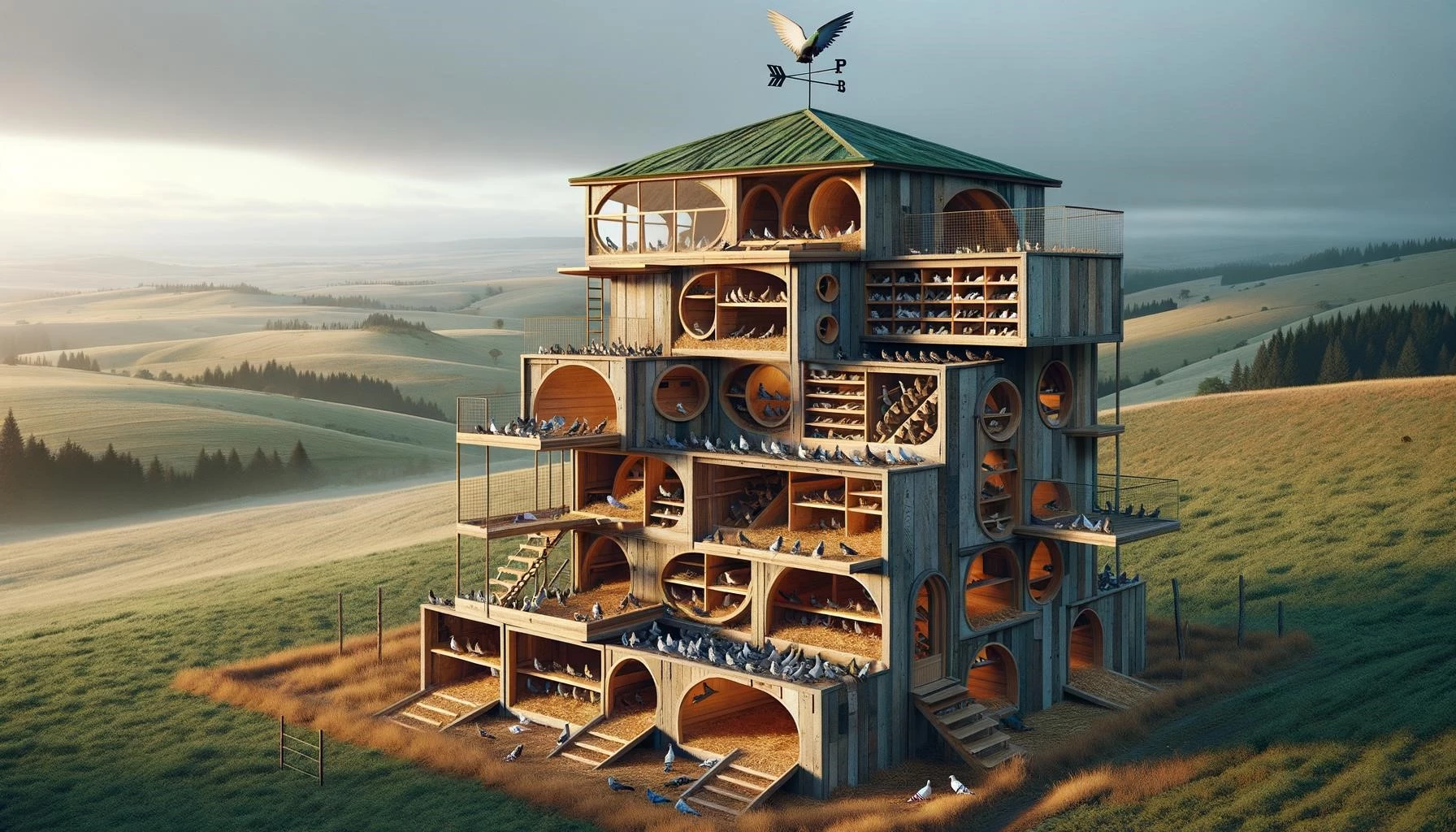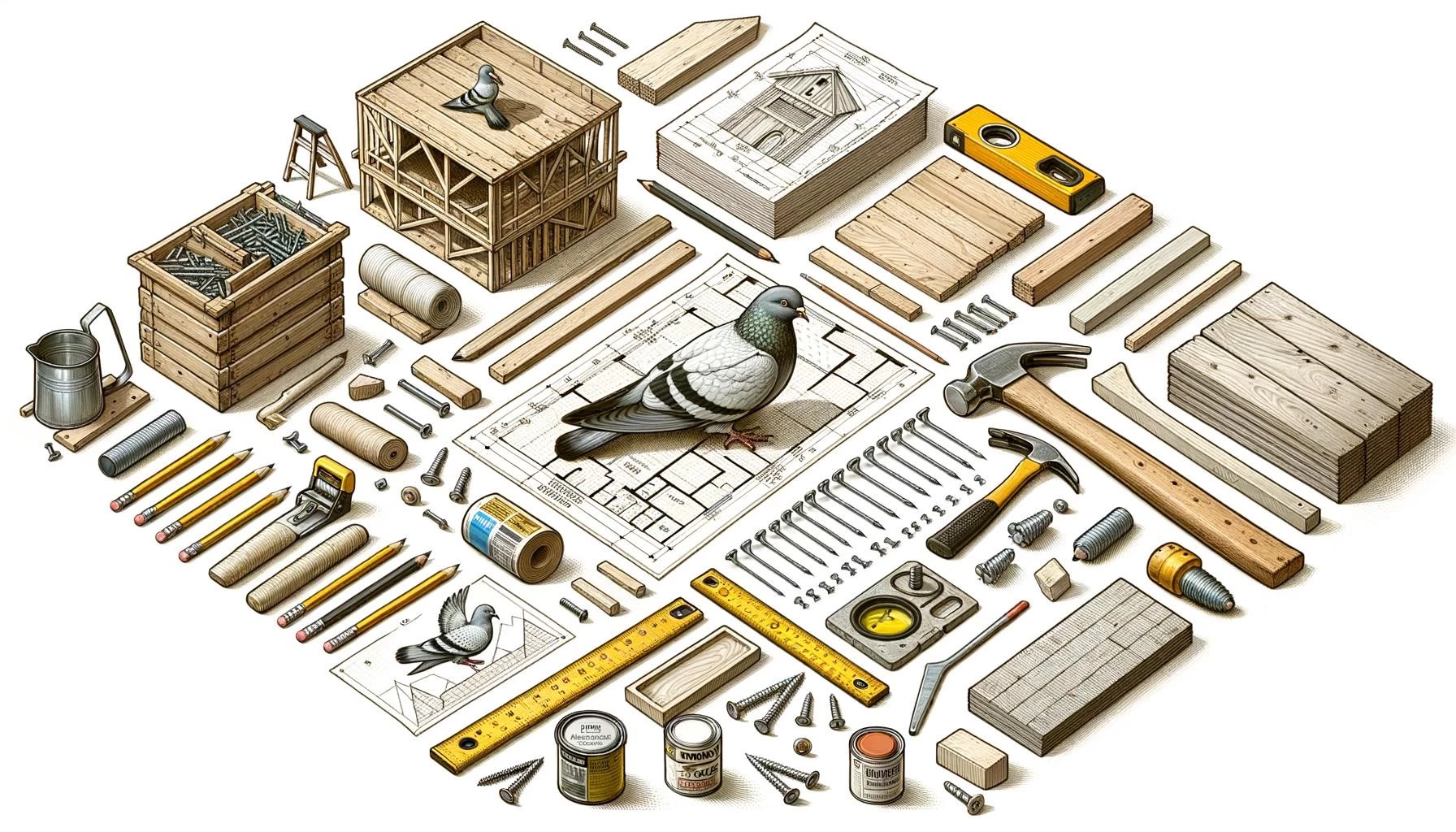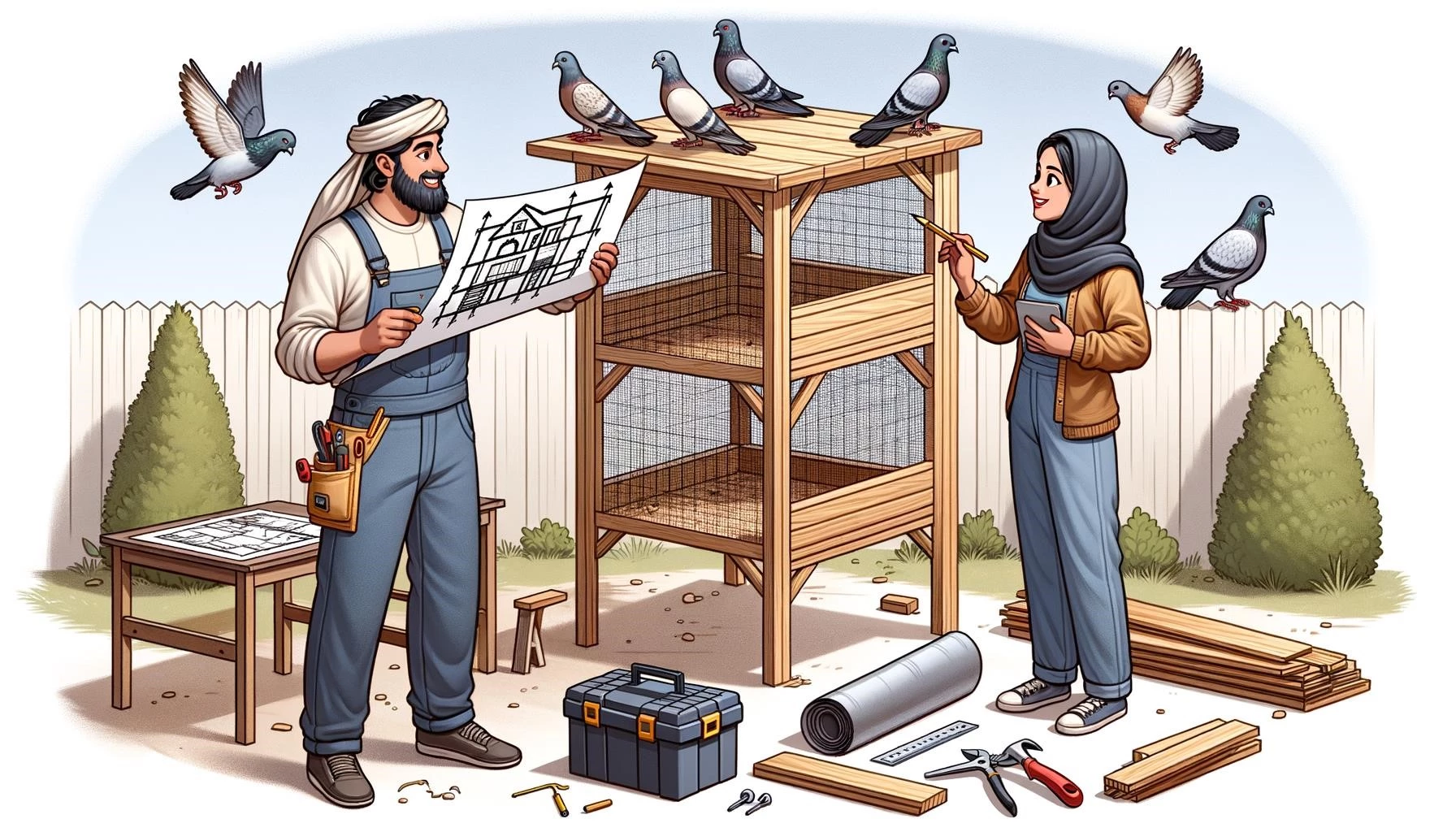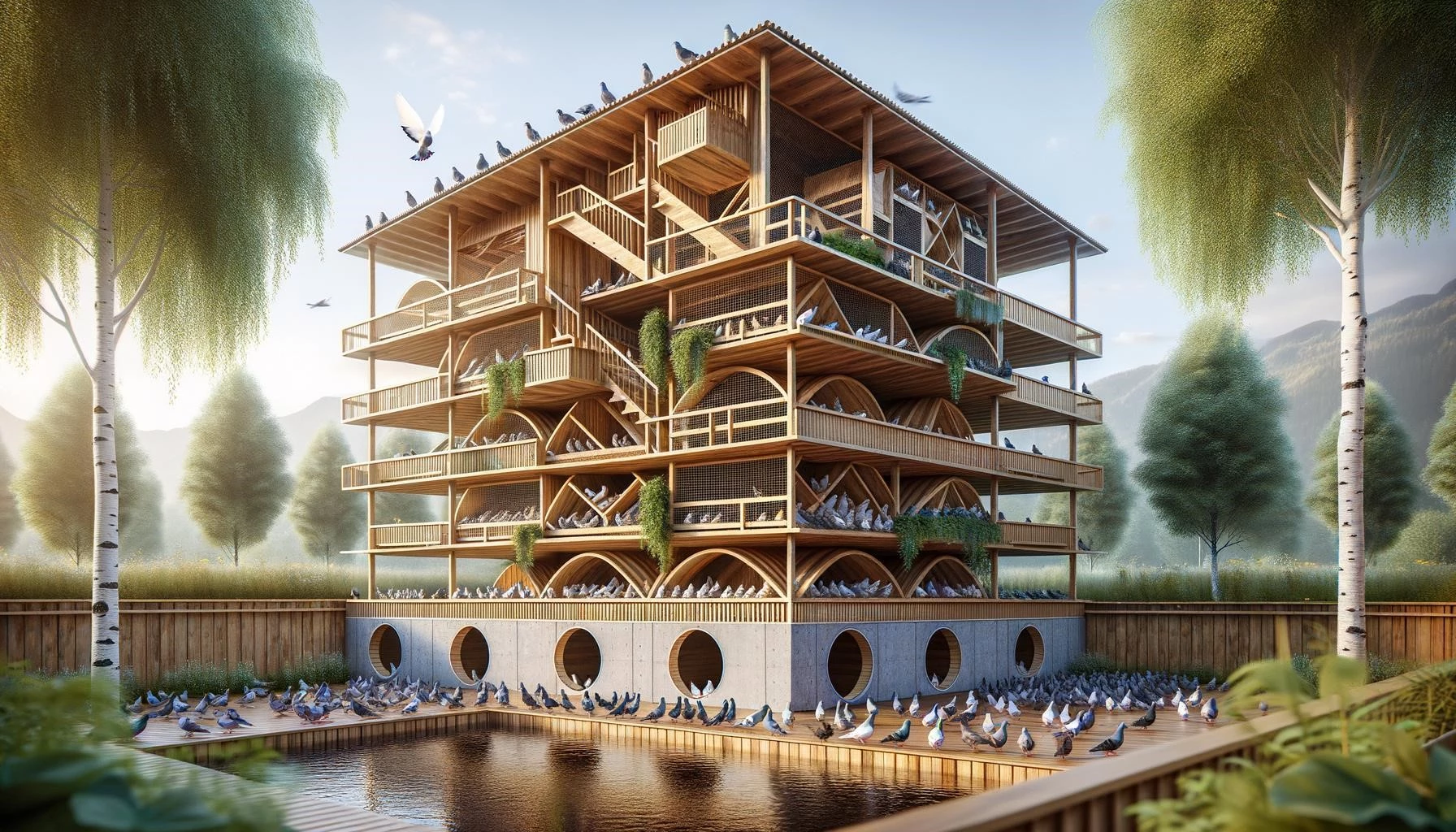In the world of pigeon keeping, having a well-designed and functional pigeon loft is essential. Pigeon lofts are structures or buildings where pigeons are housed and cared for. One important aspect of pigeon lofts is their adaptability, as it allows for optimal conditions for the birds’ health and well-being. In this article, we will explore the concept of adaptive pigeon lofts and discuss their key features and benefits.
Key Takeaways
- Adaptive pigeon lofts are structures designed to provide optimal conditions for the health and well-being of pigeons.
- These lofts are built with features that allow for proper ventilation, temperature control, and protection against predators.
- Adaptive pigeon lofts can be customized to meet the specific needs and preferences of pigeon fanciers.
Design Features of Adaptive Pigeon Lofts
Adaptive pigeon lofts incorporate specific design features to create an environment that is conducive to the health and well-being of the birds. Here are some key design features typically found in adaptive pigeon lofts:
Ventilation and Airflow
Proper ventilation and airflow are crucial for maintaining a healthy environment inside the pigeon loft. Good airflow helps remove stale air, excess moisture, and odors, ensuring a fresh and clean atmosphere for the birds. Many adaptive pigeon lofts have integrated ventilation systems that allow for controlled airflow, preventing the buildup of harmful gases and potentially decreasing the risk of respiratory diseases among the pigeons.
Temperature Control
Keeping the temperature within a comfortable range is important for the well-being of pigeons. Adaptive pigeon lofts often include measures to regulate temperature, such as insulation, proper ventilation, and shade structures. These features help maintain a stable and suitable temperature inside the loft, protecting the birds from extreme heat or cold, which could negatively impact their health.
Predator Protection
Predator protection is a crucial aspect of adaptive pigeon lofts, especially for those built at ground level. Lofts are often elevated off the ground to prevent access by predators such as foxes, raccoons, and birds of prey. Mesh wire or other predator-proof barriers can be installed around the loft to further enhance protection.
Customization and Personalization
One of the benefits of adaptive pigeon lofts is their potential for customization and personalization. Pigeon fanciers can design and build their lofts to meet their specific needs and preferences. This includes determining the size of the loft based on the number of pigeons, arranging partitions for different groups of pigeons (breeders, young birds, etc.), and choosing the layout and placement of perches and nest boxes. This level of customization allows pigeon fanciers to create an environment that suits their management style and maximizes the well-being of their pigeons.
Additionally, adaptive pigeon lofts can be designed to blend seamlessly into the surrounding environment, whether it is a backyard, a garden, or a dedicated pigeon racing facility. The aesthetic and functionality of the loft can be tailored to the fancier’s tastes while still meeting the basic requirements for the health and comfort of the birds.
Conclusion
Adaptive pigeon lofts offer pigeon fanciers the ability to create an environment that ensures the health, safety, and well-being of their pigeons. Incorporating design features such as proper ventilation, temperature control, and predator protection, these lofts provide an optimal living space for the birds. Furthermore, the customization and personalization options available allow fanciers to create a loft that aligns with their management style and individual preferences. By investing in an adaptive pigeon loft, pigeon fanciers can provide their birds with a comfortable and secure space to thrive.




